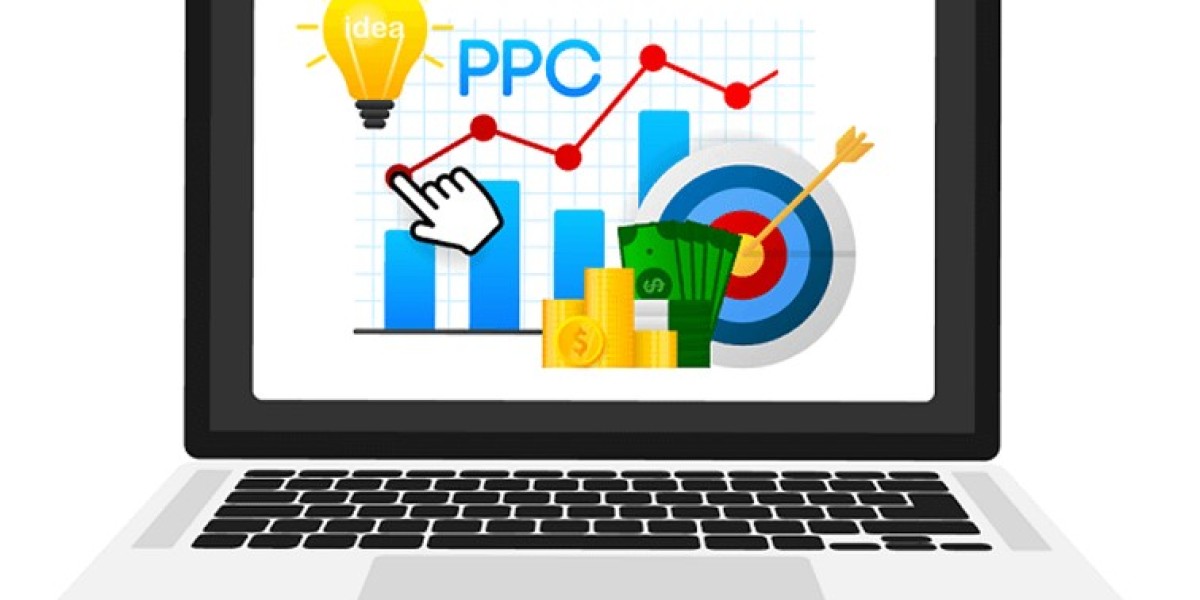PPC advertising (Pay-Per-Click) is a game-changer for online learning platforms looking to scale their reach, increase enrollments, and boost revenue. In a competitive digital landscape, relying solely on organic traffic may not be enough to capture potential students’ attention. With PPC campaigns, e-learning businesses can target the right audience at the right time, ensuring higher conversions and faster growth.
What Is PPC Advertising and Why Does It Matter for Online Learning?
PPC advertising is a digital marketing model where advertisers pay a fee each time their ad is clicked. Platforms like Google Ads, Facebook Ads, and LinkedIn Ads allow businesses to place their courses in front of highly targeted users. For online learning platforms, PPC offers a direct way to attract students actively searching for courses, certifications, or upskilling opportunities.
Key Benefits of PPC Advertising for Online Learning Platforms
Immediate Visibility and Traffic
Unlike SEO, which takes time to show results, PPC ads can drive instant traffic to your online courses. With properly optimized ad campaigns, your learning platform can appear at the top of search engine results pages (SERPs) or social media feeds instantly.Highly Targeted Audience
PPC platforms offer advanced targeting options such as demographics, interests, behavior, and search intent. This ensures that your ads are shown to potential students who are more likely to enroll in your courses.Cost-Effective Marketing
Since you only pay when someone clicks on your ad, PPC allows for better budget control. With smart bidding strategies, you can maximize your return on investment (ROI) while minimizing ad spend.Boosting Course Enrollment and Lead Generation
PPC campaigns can be designed to drive course sign-ups directly, whether through search ads, display ads, or social media campaigns. By directing users to a high-converting landing page, you can increase enrollments significantly.Enhanced Brand Awareness
Even if users don’t click on your ads immediately, consistent exposure to your courses through PPC can improve brand recall. This makes them more likely to enroll in the future.
How to Set Up an Effective PPC Campaign for an Online Learning Platform
1. Define Clear Campaign Goals
Before launching your PPC campaign, outline your objectives. Are you looking to:
Increase course enrollments?
Generate leads for free trials or demos?
Build brand awareness?
A clear goal will guide your ad strategy, messaging, and budget allocation.
2. Choose the Right PPC Platform
Different PPC platforms serve different purposes. Choose the one that aligns best with your target audience:
Google Ads – Ideal for targeting students actively searching for courses.
Facebook & Instagram Ads – Great for visually appealing ads and engaging potential learners.
LinkedIn Ads – Best for promoting professional certifications and B2B training programs.
3. Use High-Intent Keywords
Keyword selection is crucial for a successful PPC campaign. Focus on:
Transactional keywords: "Best online coding courses," "Digital marketing certification," "Enroll in data science bootcamp."
Long-tail keywords: "Affordable online Python course for beginners," "Free trial for AI certification program."
Using high-intent keywords ensures that your ads appear when users are ready to enroll.
4. Optimize Ad Copy and Creatives
Your ad copy should be compelling, clear, and action-oriented. Tips for effective ad content:
Highlight course benefits: "Learn SEO from industry experts in just 4 weeks!"
Use numbers and urgency: "Limited slots available – Enroll today!"
Include a strong CTA: "Start your free trial now!"
For display and social media ads, use engaging visuals, testimonials, and video previews of your courses.
5. Design High-Converting Landing Pages
Sending users to your homepage won’t yield the best results. Instead, create a dedicated landing page that:
Matches the ad message
Clearly explains course benefits
Includes social proof (reviews, ratings, testimonials)
Has a visible call-to-action (CTA) like “Enroll Now” or “Start Free Trial”
6. Set Up Conversion Tracking
Use tools like Google Analytics, Facebook Pixel, or LinkedIn Insight Tag to track user behavior. Conversion tracking helps measure ROI and refine your campaigns for better performance.
7. Optimize and Scale Your PPC Campaigns
A/B test different ad variations, bid strategies, and targeting options. Optimize underperforming ads and allocate more budget to successful campaigns to scale enrollments.
Common Mistakes to Avoid in PPC for Online Learning
Ignoring Negative Keywords – Prevent irrelevant clicks by adding negative keywords to filter out unqualified traffic.
Poor Landing Page Experience – Ensure fast load times, mobile optimization, and a clear CTA.
Not Using Retargeting Ads – Retargeting keeps potential students engaged and encourages them to complete their sign-up.
Setting and Forgetting – PPC requires ongoing monitoring and optimization for the best results.
Conclusion
PPC advertising is a powerful strategy for growing online learning platforms by driving targeted traffic, increasing enrollments, and boosting brand awareness. With the right approach—clear goals, compelling ad creatives, optimized landing pages, and continuous tracking—e-learning businesses can maximize their PPC investment and achieve sustainable growth. If you're not leveraging PPC yet, now is the time to start and take your online learning platform to the next level!
SpaceEdge Technology: Digital Marketing Service Provider
SpaceEdge Technology is a top digital marketing service provider in India, offering comprehensive solutions to enhance your online presence. Their services include bulk SMS marketing, virtual phone numbers, WhatsApp marketing, SEO, and more, tailored to meet diverse business needs. With a focus on innovation and customer satisfaction, SpaceEdge Technology ensures effective communication strategies, helping businesses reach a broader audience and achieve their marketing goals.








